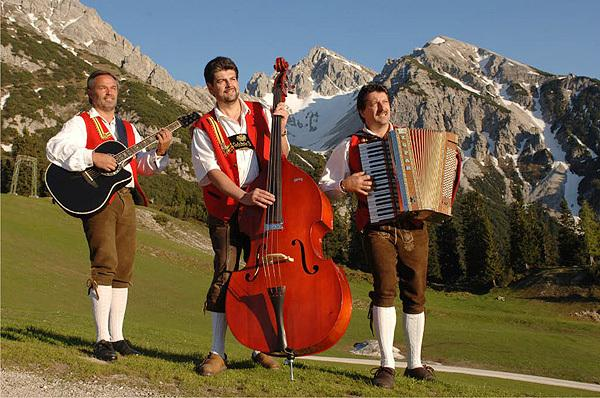Wiener Schnitzel is one of the most iconic dishes of Austrian cuisine. This thinly pounded and crispy breaded veal cutlet not only delights the taste buds but also reflects the rich cultural and historical heritage of Austria. Having become a part of the Austrian national identity, Wiener Schnitzel is one of the most cherished legacies of culinary history.
What is Wiener Schnitzel?

Wiener Schnitzel starts with thin slices of veal that are tenderized by pounding. These slices are then dipped in flour, followed by beaten eggs, and finally coated in breadcrumbs. Fried in butter until they achieve a golden color, this delightful dish is crispy on the outside and tender on the inside. Traditionally, it is served with lemon wedges, potato salad, or parsley potatoes. This simple yet impressive dish represents the sophisticated simplicity of Austrian cuisine.
The History of Wiener Schnitzel

The origins of Wiener Schnitzel date back to the era of the Austro-Hungarian Empire. However, understanding the history of this dish requires a deeper dive into the past. A popular dish in Milan, Italy, known as “cotoletta alla milanese,” is considered the predecessor of Schnitzel. According to legend, Austrian Field Marshal Josef Radetzky brought this delicacy to Vienna in the 19th century after his service in Italy. However, some sources claim that Schnitzel is unique to Austria and developed independently of Italy.
The truth is, Wiener Schnitzel became popular in Vienna in the 19th century and quickly spread throughout the empire, becoming a beloved dish. This flavor, which spread within the vast borders of the Austro-Hungarian Empire, became a symbol of Vienna’s elegant and sophisticated culinary culture.
How to Make Wiener Schnitzel
Making Wiener Schnitzel requires attention to the quality of the ingredients and the preparation process. Here is a classic Wiener Schnitzel recipe:
Ingredients:
:
- 4 slices of veal (approximately 150 grams each)
- 1 cup of flour
- 2 eggs
- 1 cup of breadcrumbs
- Salt and pepper
- 4 tablespoons of butter
- 4 tablespoons of oil (to mix with the butter)
- Lemon wedges (for serving)
- Parsley potatoes or potato salad (for serving)
Instructions:
- Place the veal between plastic wrap and pound it to about 5 mm thickness.
- Season the veal slices with salt and pepper.
- Place the flour in one shallow dish, the beaten eggs in another, and the breadcrumbs in a third dish.
- Dip each veal slice first in the flour, then in the eggs, and finally in the breadcrumbs. Shake off excess flour and breadcrumbs.
- Heat the butter and oil in a large skillet. Place the Schnitzel in the skillet and fry until both sides are golden brown. This process takes about 2-3 minutes.
- Transfer the fried Schnitzel to a paper towel to drain the excess oil.
- Serve hot with lemon wedges and potato salad or parsley potatoes on the side.
Cultural and Historical Significance of Wiener Schnitzel

Wiener Schnitzel is more than just a dish; it is a symbol of Austria’s rich cultural heritage. This dish has graced the elegant tables of Vienna for centuries, becoming an integral part of social and cultural life. Reflecting the grandeur of Austria’s imperial past and its mastery of culinary arts, this flavor is also a staple of family meals and special occasions.
While different versions of Wiener Schnitzel can be found around the world today, the authentic Wiener Schnitzel remains one of the best representations of Austria’s unique traditions and history. Tasting this dish is not only about experiencing the flavors of Austrian cuisine but also about discovering the historical essence and cultural identity of the country.


